[vc_row][vc_column][vc_column_text]We’ve tried them all. From the venerable “wheelie bin” offerings from South Africa and Australia to the old Trasharoo, we’ve seen and tested them all. Truth is, they all work. Many people just use them for trash and other light duty items, but we wanted a bag that could carry more and do more. We needed one to last longer outdoors while also giving us options for mounting beyond just the spare tire.
The search for something better started with a discussion over on our forum. What did our members want? What features are they interested in? We reached out to several companies in the US as well as Australia and South Africa with our crowd sourced inputs. After months of emails and lip service, one company actually listened. And they didn’t just listen or talk, they actually went to work.[/vc_column_text][vc_single_image image=”10454″ img_size=”full”][vc_column_text]Enter the Last US Made Bag Company:
“The Last US Bag Company was founded in Portland, Oregon in 2001 as an OEM soft goods manufacturer for military and commercial purposes. Over the years, LUSB has developed a proprietary brand of products that spans the retail and industrial markets, including renewable energy, aerospace, tactical, and commercial markets. LUSB’s products can be found globally and have even orbited the Earth. Our commitment is to building quality manufactured products in the USA, employing as many as we can at living wages, and reducing consumption of textiles through responsible design engineering.
Today, LUSB resides in a 30k square foot manufacturing facility in Vancouver, WA and employs roughly 30 people, give or take. We like to work hard and encourage each other to grow both personally and professionally, and we love the Northwest corner of the US and enjoy the many outdoor activities this area affords. If you are ever in town, come by and see us! We love to have visitors!”[/vc_column_text][vc_single_image image=”10442″ img_size=”full”][vc_column_text]What Last US Bag came up with is something they’re calling “Oscar’s Mobile Hideout”. The concept is straightforward, yet complex in execution – provide a solution to the demand signal for an all-purpose spare tire/ladder/rack attached utility bag for anything you might need on the trail. Firewood hauler, recovery gear, tools, nerf guns, slain deer, camp chairs, chain saw, kitchen sink, wag bags, extra children. Whatever.
It needed to be made out of something strong in case you decide to throw a 5 gallon fuel or water can in there. And it had to be able to be left out in the sun, able to get dirty, and ready to hose out and go again. So they listened to all those crazy ideas and made it happen. And they made it out of a heavy duty 18 oz poly reinforced vinyl that is highly durable, won’t absorb odors, resists fading, and is resistant to chemicals.[/vc_column_text][vc_single_image image=”10440″ img_size=”full”][/vc_column][/vc_row][vc_row][vc_column][vc_column_text]They sent us a test mule for this review and we drug it from Florida to Arizona and back again over a nine day trip. We used it on Padre Island and Big Bend National Park in Texas, and it made a public debut at the 2020 Desert Rendezvous in the Arizona desert. Features on this current iteration include:
- 22w x 24h x 8d
- Poly-no-stretch webbing attachment with ITW buckles
- Poly vinyl mesh outer pockets
- Poly vinyl mesh interior lid pocket
- BIG dual vertical front locking zippers for easy access to inside of bag
- Top cinch retention gasket
- Interior loops for securing a trash bag with carabiners
- Center strap closure
- Bow saw sized slip pocket with cutting board/frame sheet
- Side compression straps
- Reflective trim
- D-Rings for exterior lashing
- Grab handle on top for carrying, or hanging from a tree in bear country
- Bottle opener. Yes, you read that right!
[/vc_column_text][vc_masonry_media_grid element_width=”6″ grid_id=”vc_gid:1585249871671-78419230-fa84-7″ include=”10453,10452″][vc_masonry_media_grid grid_id=”vc_gid:1585249871673-1fa9b04a-4cc6-8″ include=”10443,10451,10450″][vc_masonry_media_grid element_width=”6″ grid_id=”vc_gid:1585249871675-d5055f14-9b42-9″ include=”10444,10441″][vc_masonry_media_grid grid_id=”vc_gid:1585249871676-df97d21a-d776-8″ include=”10442,10448,10447″][vc_masonry_media_grid element_width=”6″ grid_id=”vc_gid:1585249871678-34e55bbc-41bb-2″ include=”10446,10445″][vc_column_text]What would we change?
#1 is bomb proof metal buckles and strap mounts. Most of us would appreciate the option to upgrade those at checkout. More diversity in colorway options like black, gray and desert tan would be appreciated as well. The evolution of the mounting system to include a way to mount to tailgates like the Jeep Gladiator etc. Maybe a quick detach system across all mounting types. Being able to clip it on or off rather than wrangle straps when it’s go time would be a major edge over other offerings.[/vc_column_text][vc_column_text]The bottom line:
For an “early iteration”, they came close to hitting every check box. This bodes well for the future of this bag, and for the Last US Bag Company. Their goal is clear here: A bag that provides utility across the spectrum from SUV to pickup to vans, or even traditional campers.
Everybody needs a bag like this on trips to pack out more than you packed in!
Please Tread Lightly because if we don’t there will be locked gates ahead for all of us and Closure is not the Answer!
[/vc_column_text][vc_masonry_media_grid element_width=”6″ grid_id=”vc_gid:1585249871680-515fae7f-0973-4″ include=”10438,10437″][vc_column_text]Full disclosure: This bag was provided at no cost to the author or American Adventurist for the purposes of an independent review, and to provide feedback for inclusion in the development of future versions.
Photos by Richard Soohoo[/vc_column_text][/vc_column][/vc_row][vc_row][vc_column][vc_single_image image=”10436″ img_size=”full”][/vc_column][/vc_row]
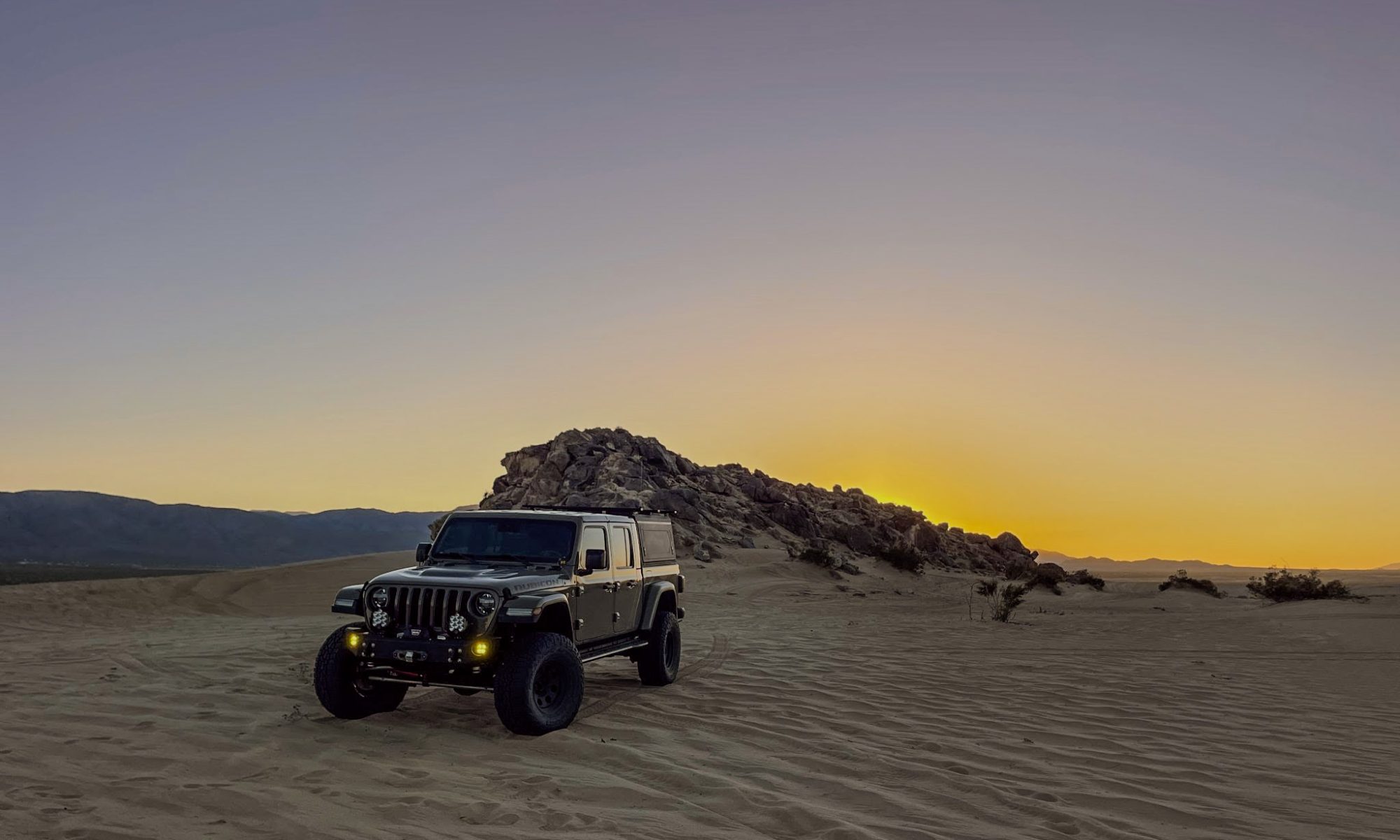




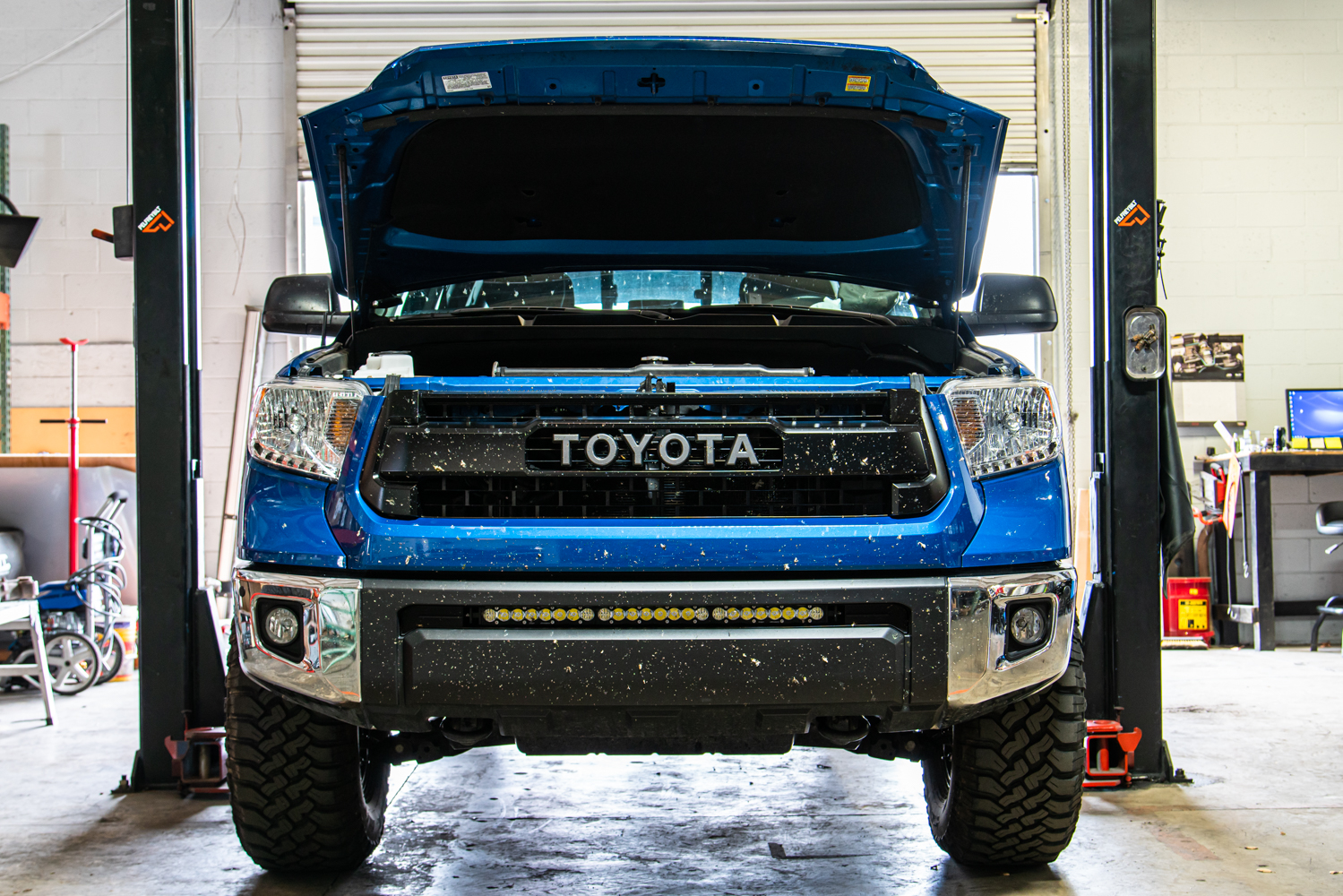
 Last year, Project Tundra was fitted with a pre-production set of front and rear bumpers from a SoCal company that’s no longer in business. I spent several days at this manufacture’s location working on the install and helping to 3D scan the truck to develop additional parts like skid plates and sliders. Or at least that was the plan, but plans change. In the end Project Tundra ended up with a great set of bumpers, but no skids or sliders.
Last year, Project Tundra was fitted with a pre-production set of front and rear bumpers from a SoCal company that’s no longer in business. I spent several days at this manufacture’s location working on the install and helping to 3D scan the truck to develop additional parts like skid plates and sliders. Or at least that was the plan, but plans change. In the end Project Tundra ended up with a great set of bumpers, but no skids or sliders. The bumpers are home to some other outstanding parts, namely a bunch of Baja Designs lights, and a shiny new
The bumpers are home to some other outstanding parts, namely a bunch of Baja Designs lights, and a shiny new 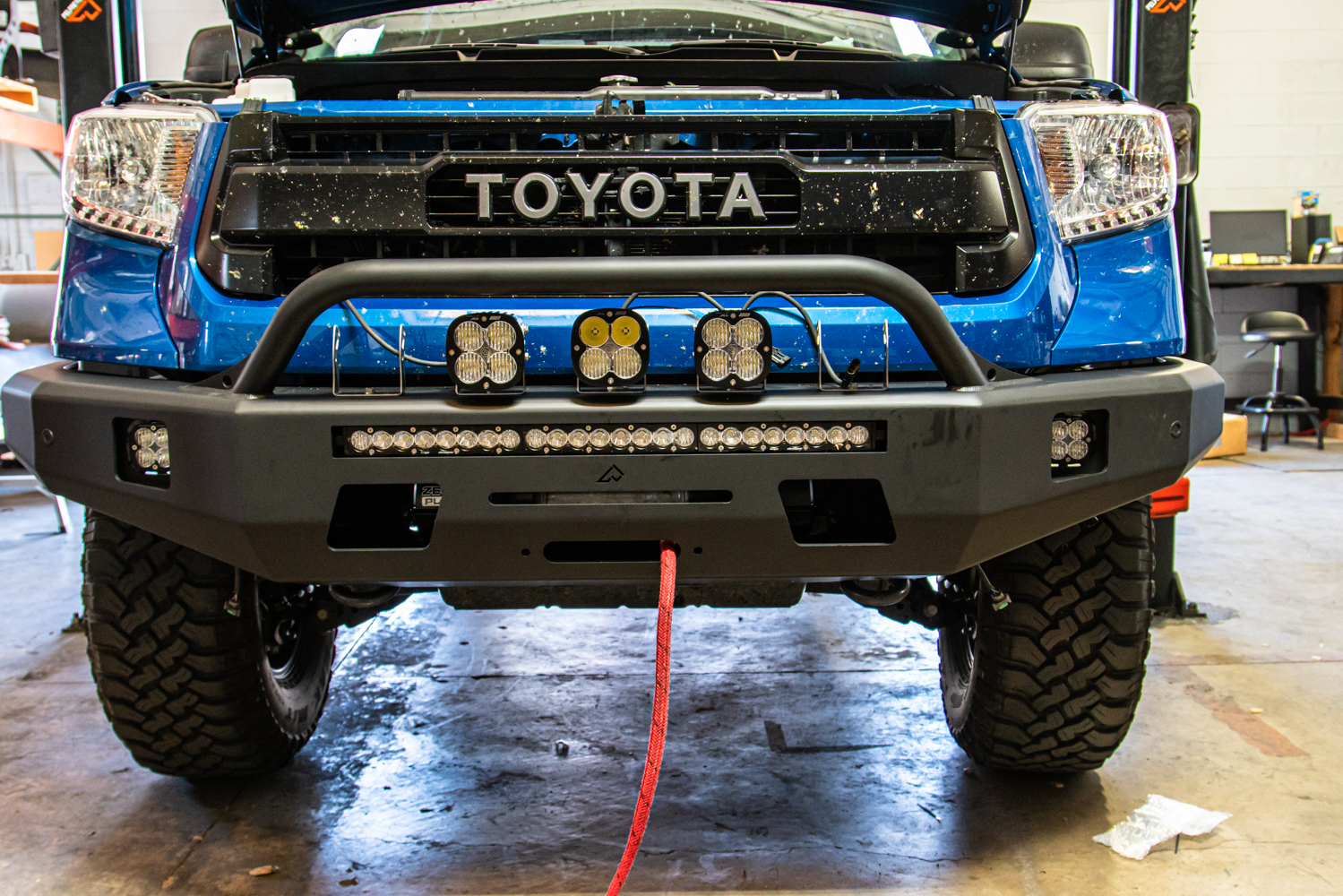

 Project Tundra needed sliders, and after watching
Project Tundra needed sliders, and after watching 

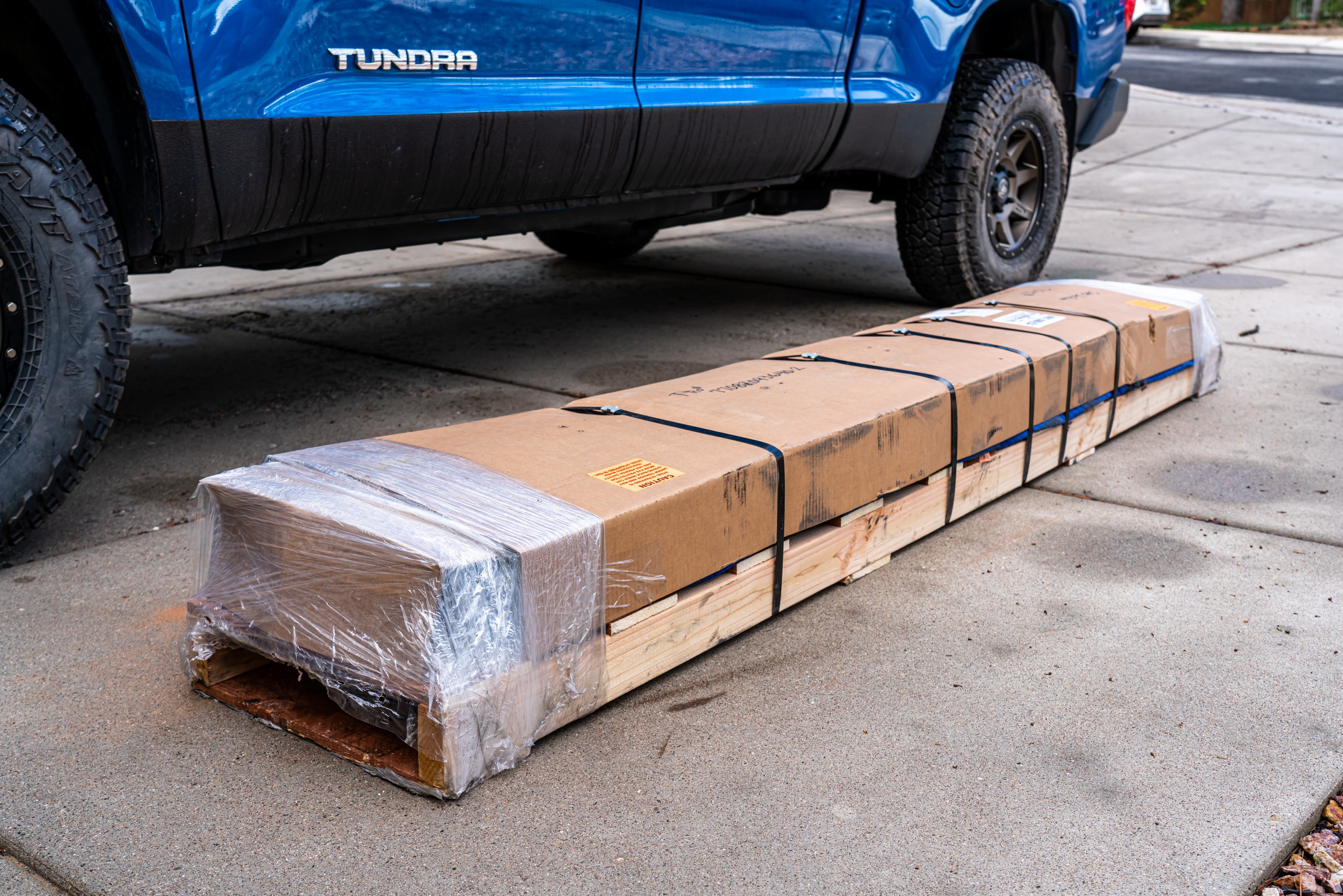
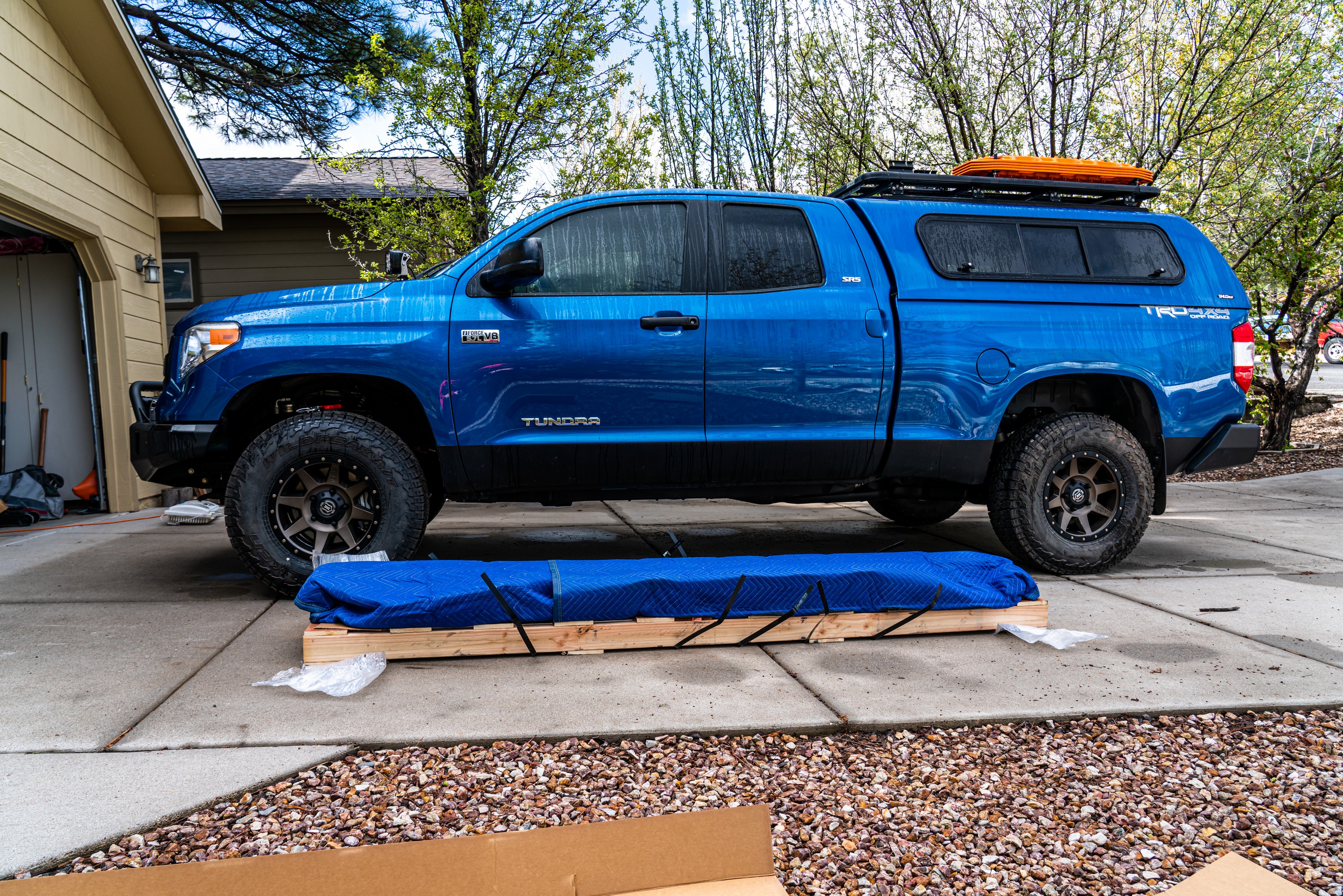

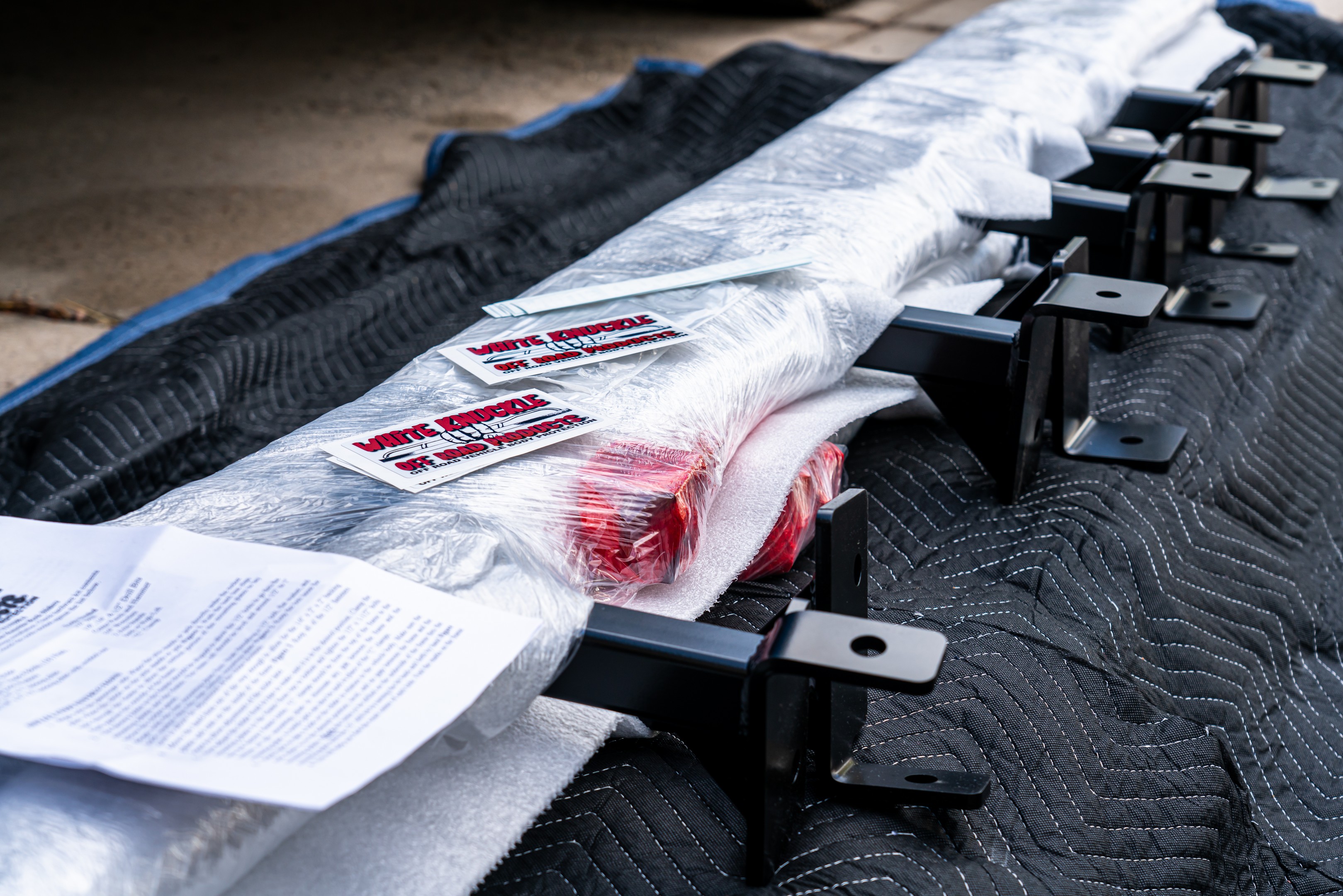








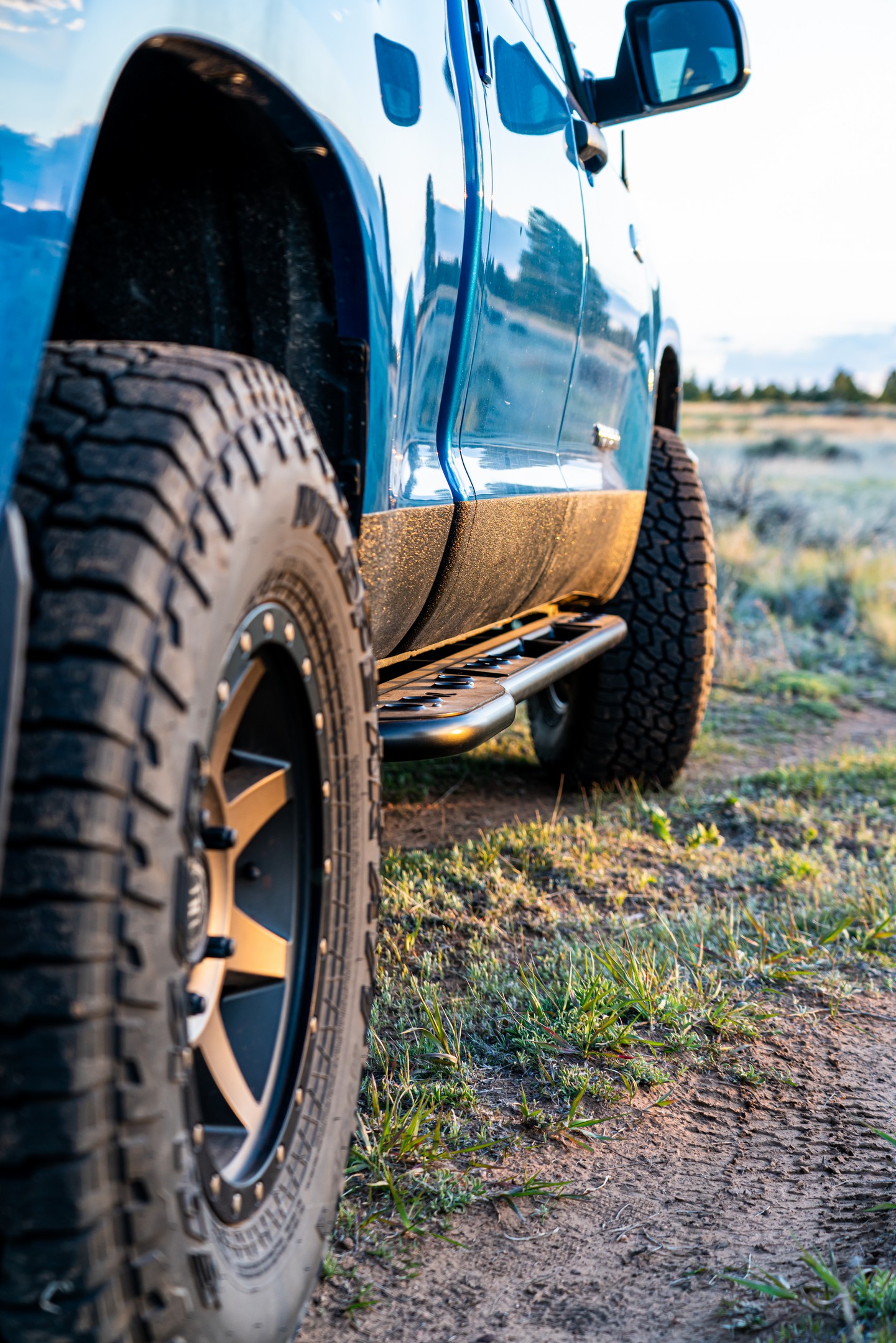

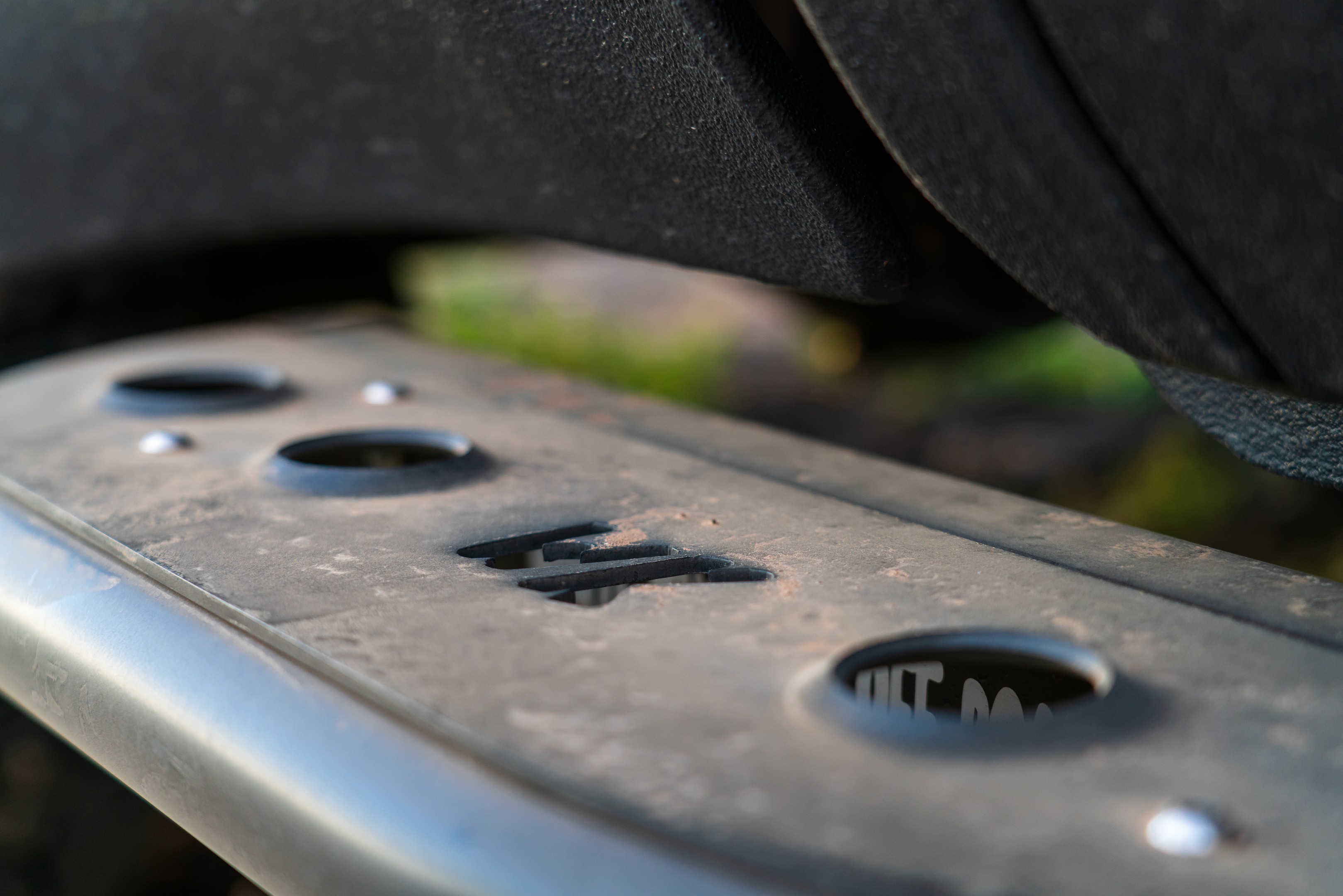


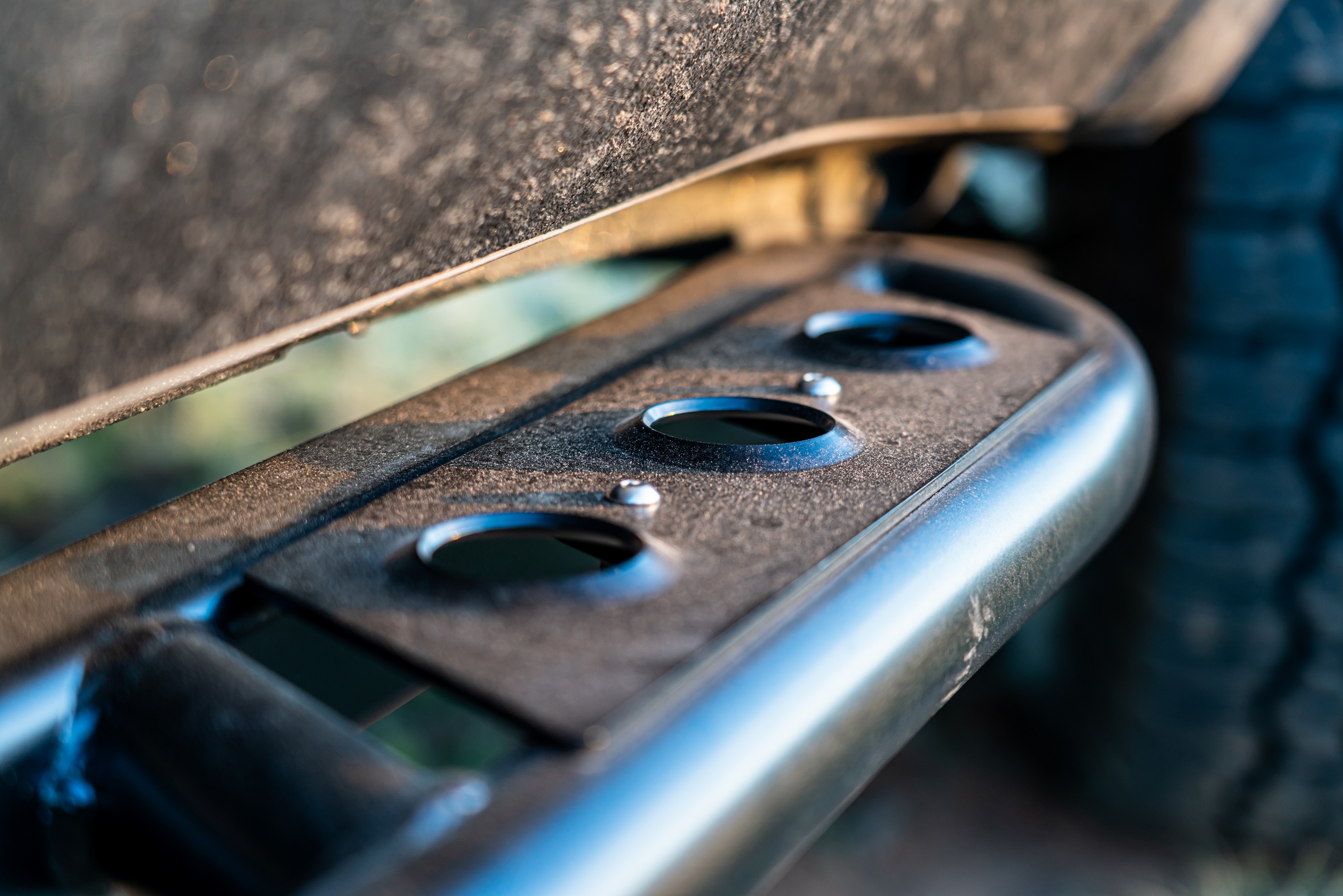
 THAT CAP AND THAT RACK
THAT CAP AND THAT RACK

 At the suggestion of someone who owns a Tundra nicknamed “Monster,” Project Tundra received a SnugTop Rebel truck cap last year. Monster’s owner also happens to be in the business of importing the best roof racks around, and so Project Tundra received a K9 roof rack and supporting accouterments from
At the suggestion of someone who owns a Tundra nicknamed “Monster,” Project Tundra received a SnugTop Rebel truck cap last year. Monster’s owner also happens to be in the business of importing the best roof racks around, and so Project Tundra received a K9 roof rack and supporting accouterments from 
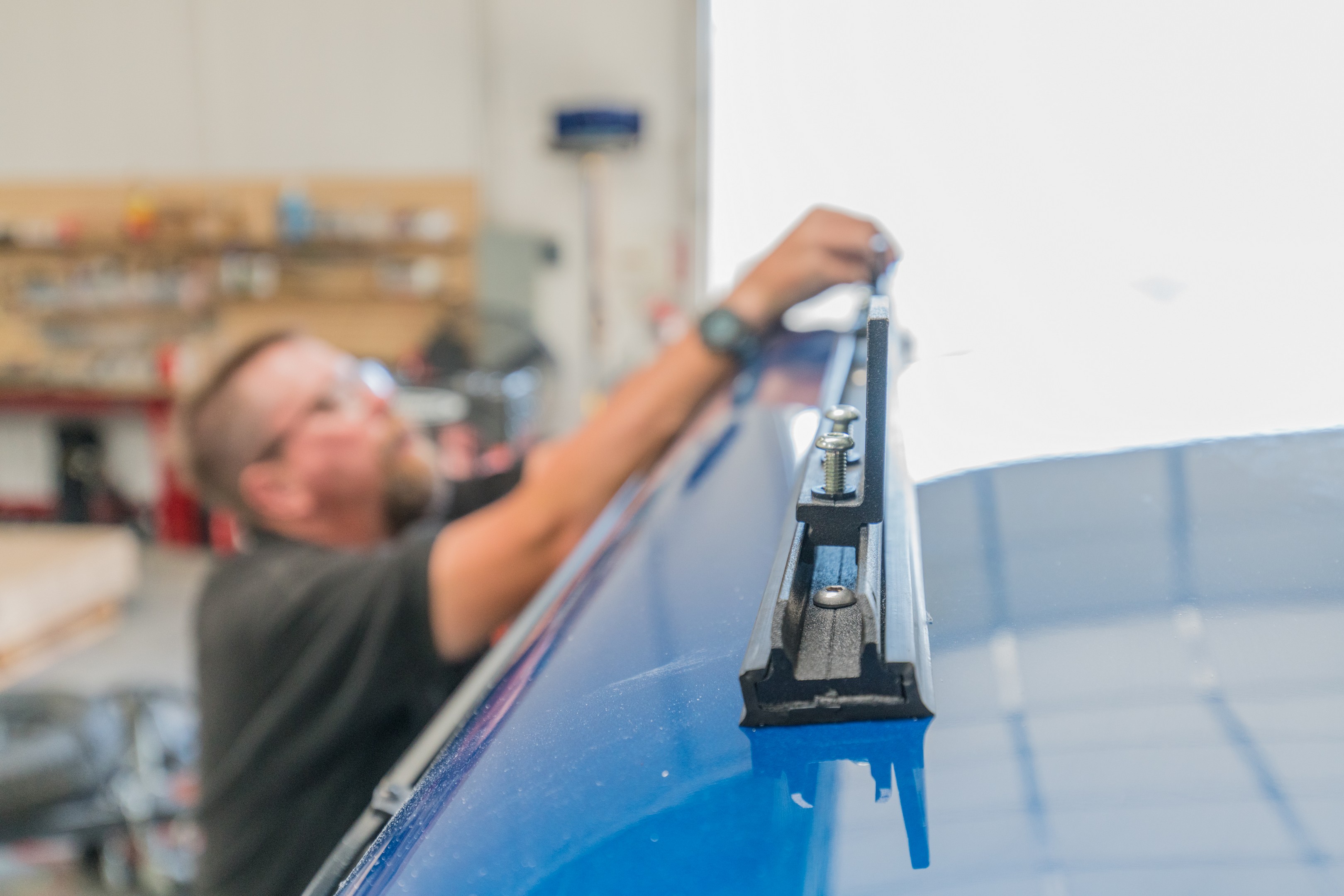
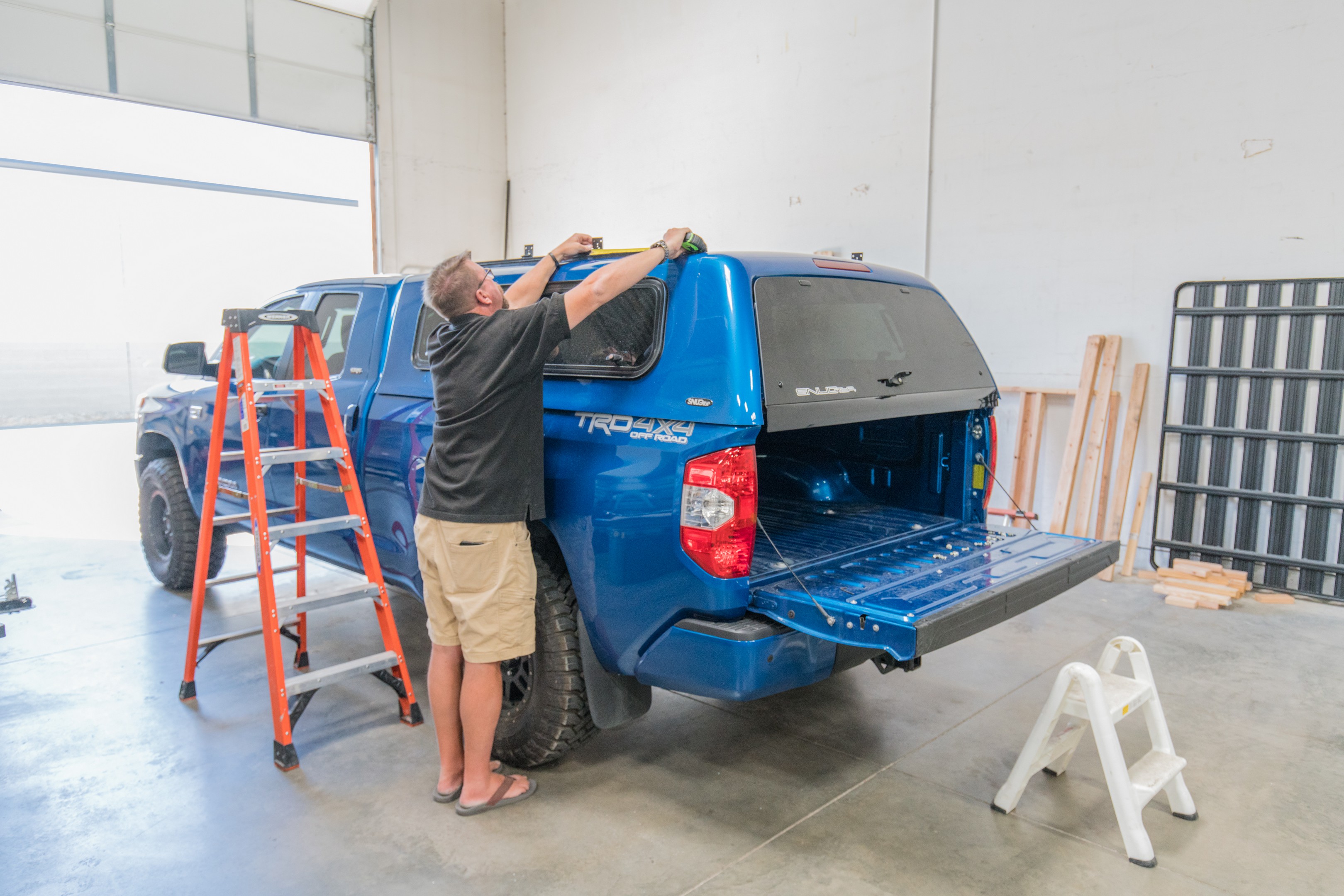


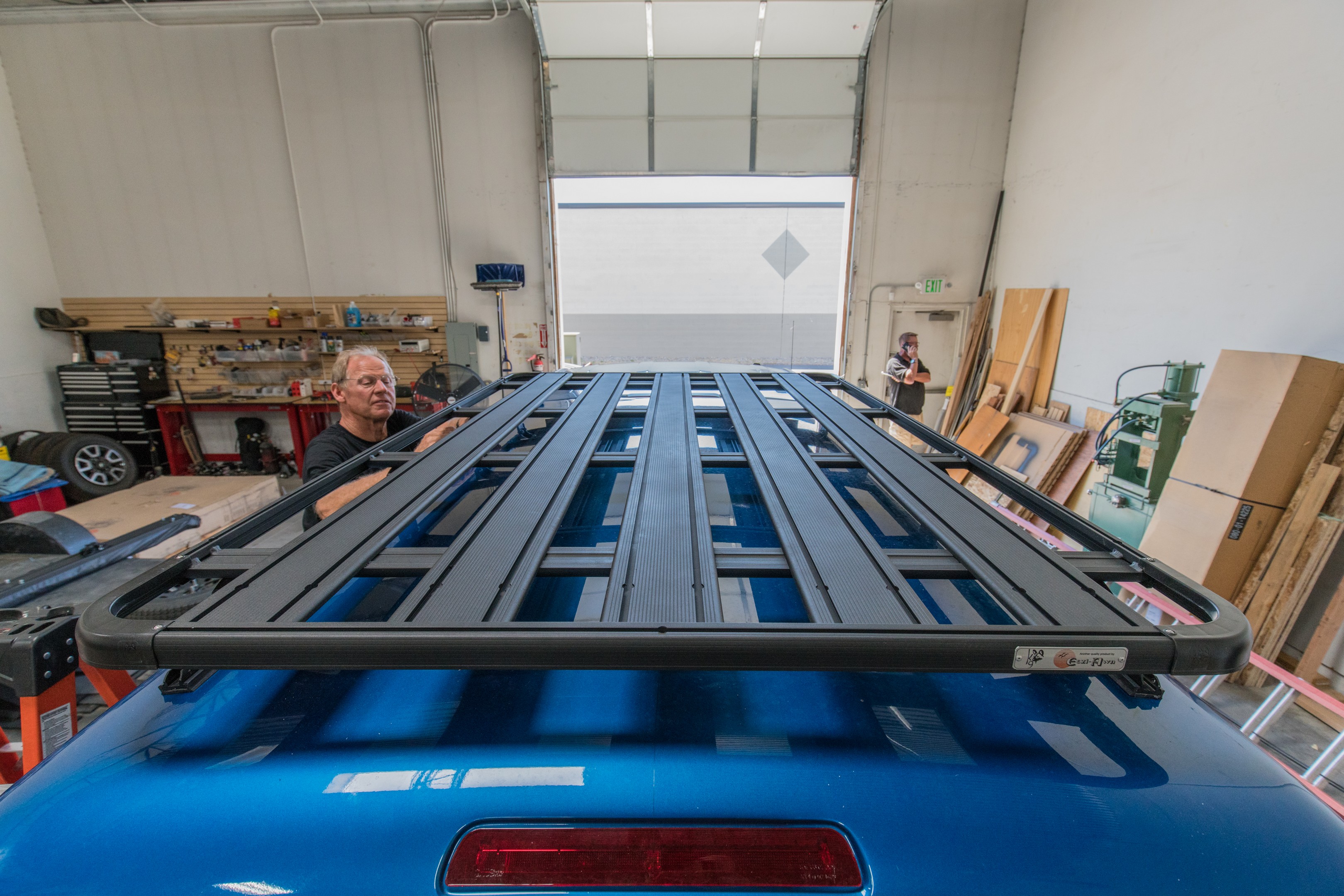






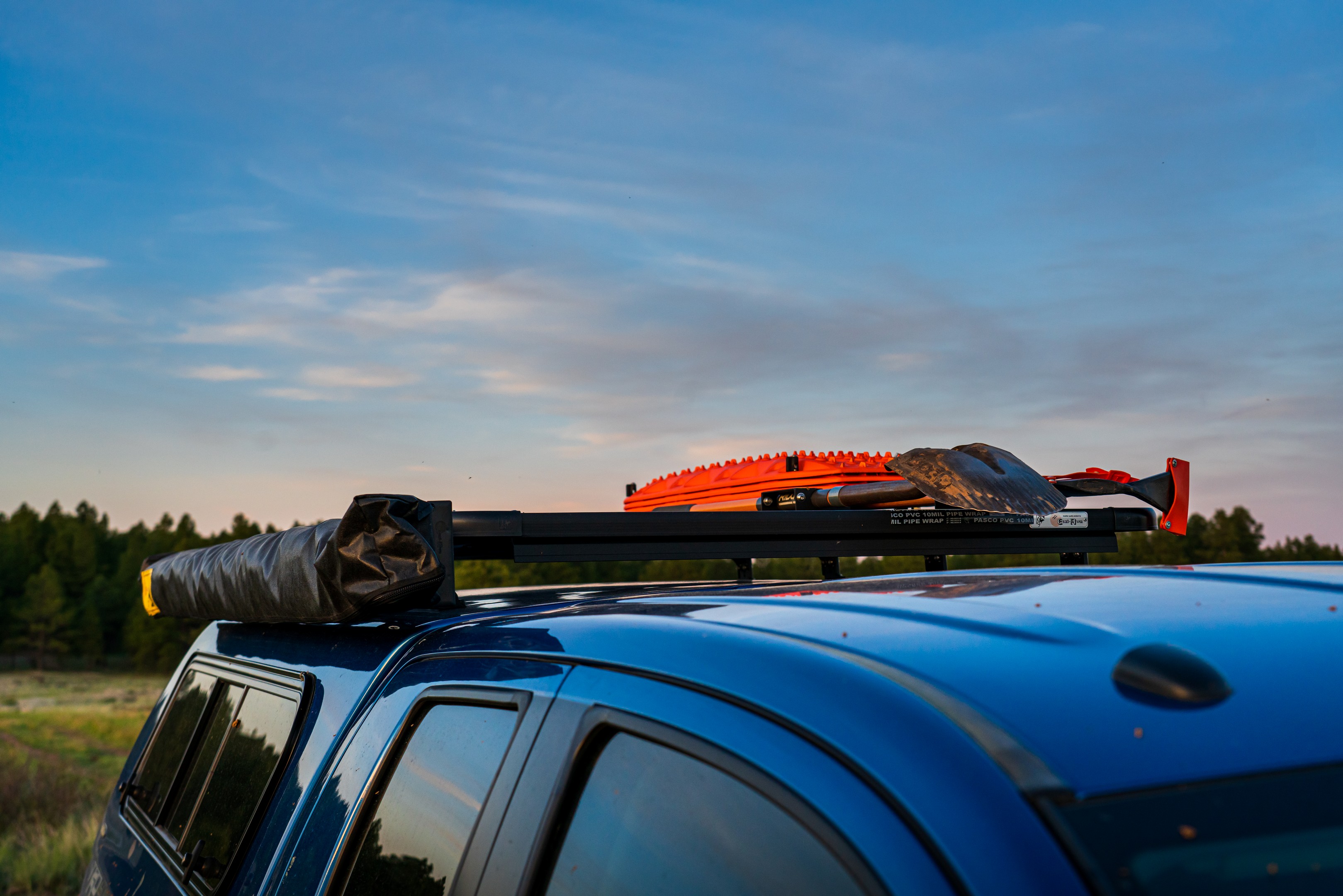
 In it’s current form, Project Tundra is an extremely versatile rig and I’m extremely happy with what I can do with it. From loading the truck up with toys and the family for long vacations to quick evening go-fast trips to the important places just to watch the sun set, Project Tundra does it all, and does it all well. This past winter, we took on record snowfalls in the Colorado Rockies, and then in the middle of summer took on the remnants of that same snow. We’ve hauled all kinds of tools and toys and enjoyed the deserts of the Southwest, and so many other great places.
In it’s current form, Project Tundra is an extremely versatile rig and I’m extremely happy with what I can do with it. From loading the truck up with toys and the family for long vacations to quick evening go-fast trips to the important places just to watch the sun set, Project Tundra does it all, and does it all well. This past winter, we took on record snowfalls in the Colorado Rockies, and then in the middle of summer took on the remnants of that same snow. We’ve hauled all kinds of tools and toys and enjoyed the deserts of the Southwest, and so many other great places.

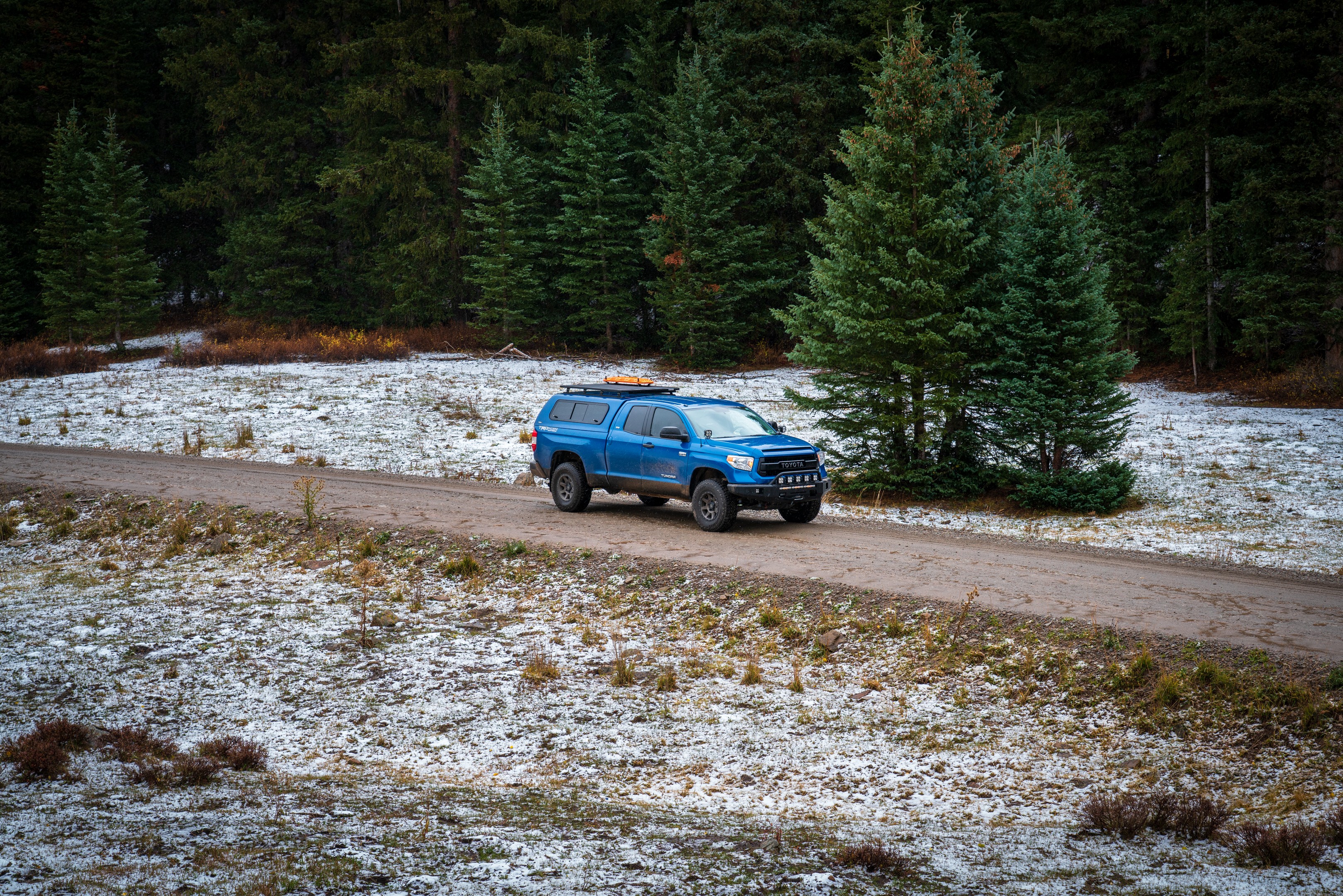
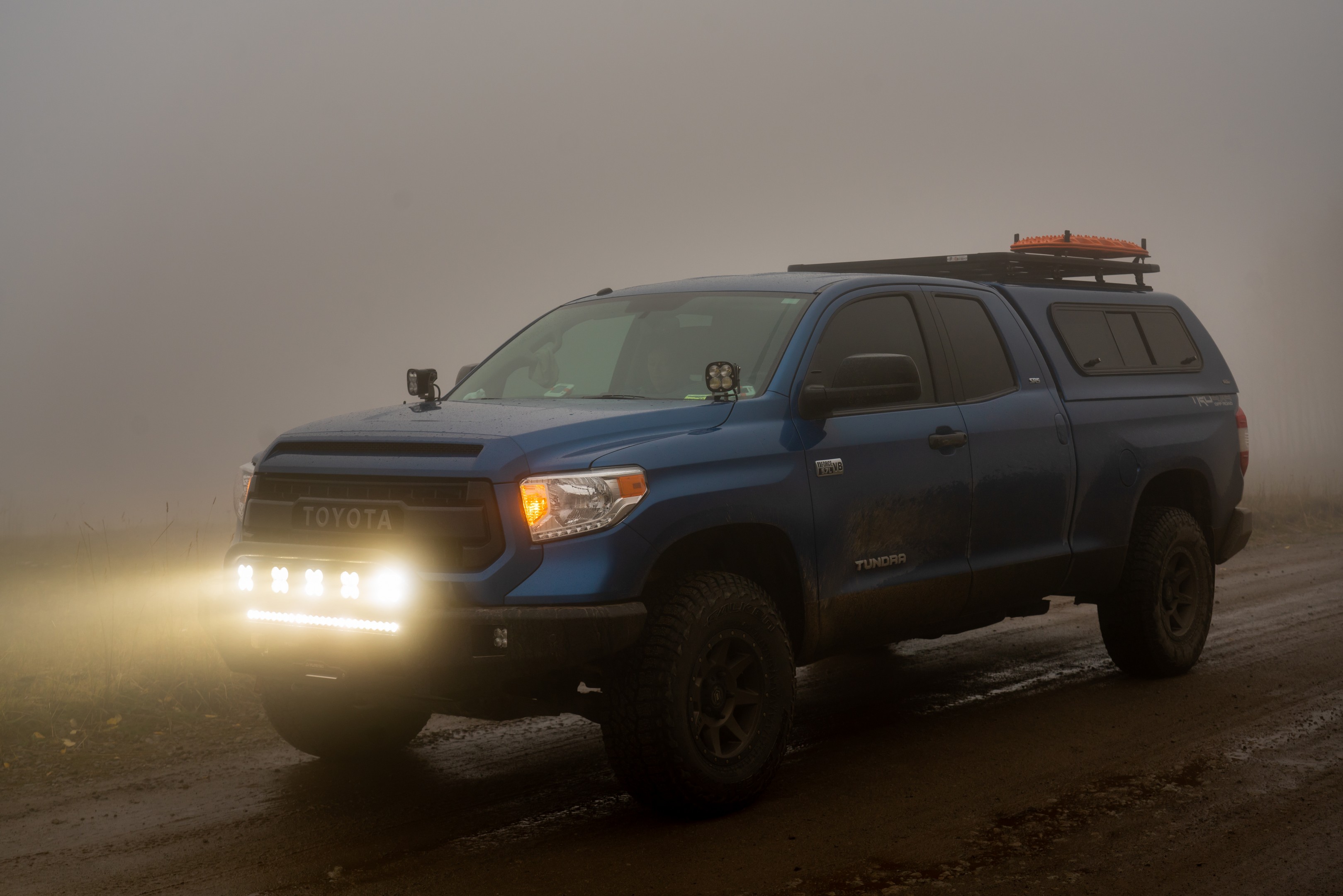

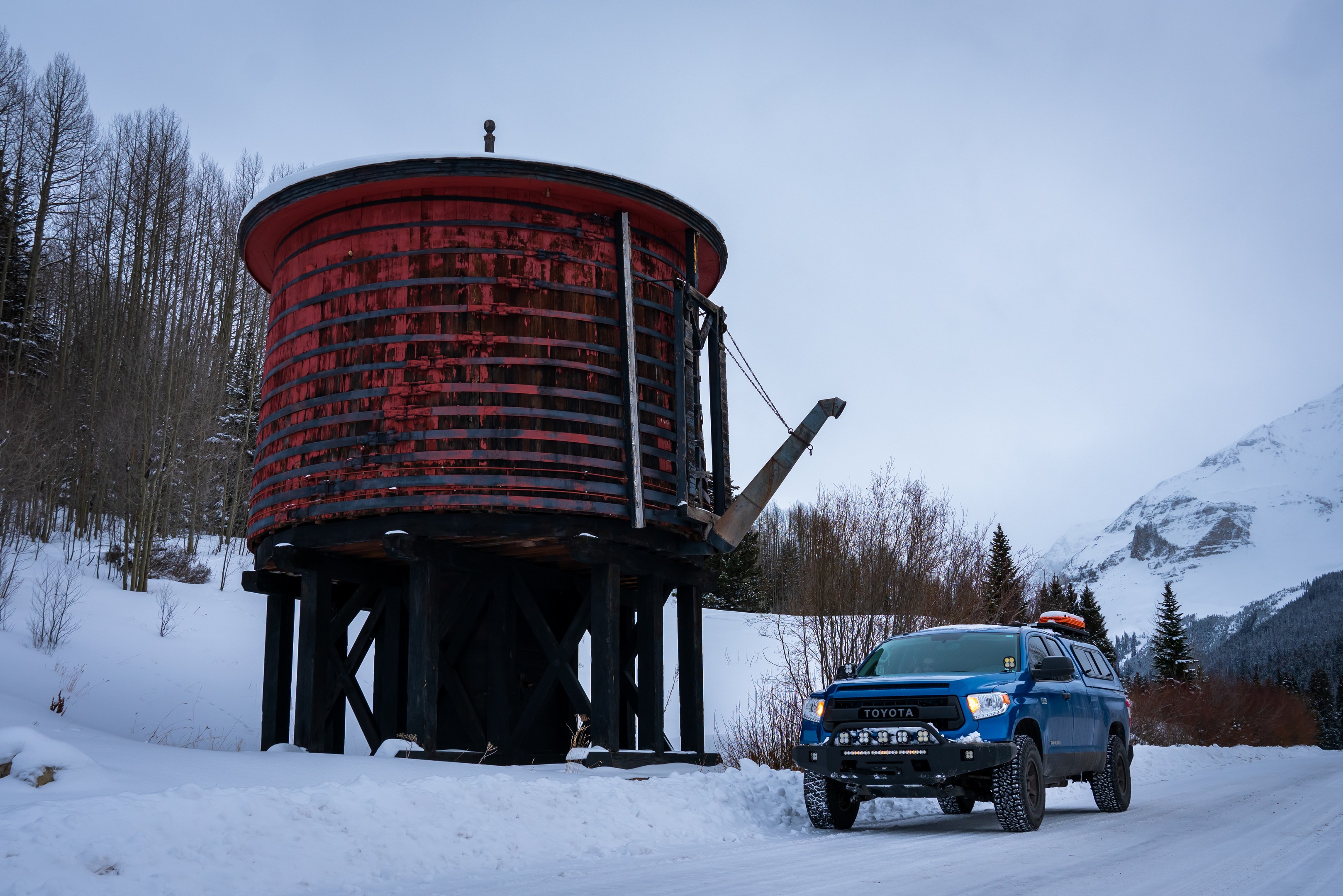



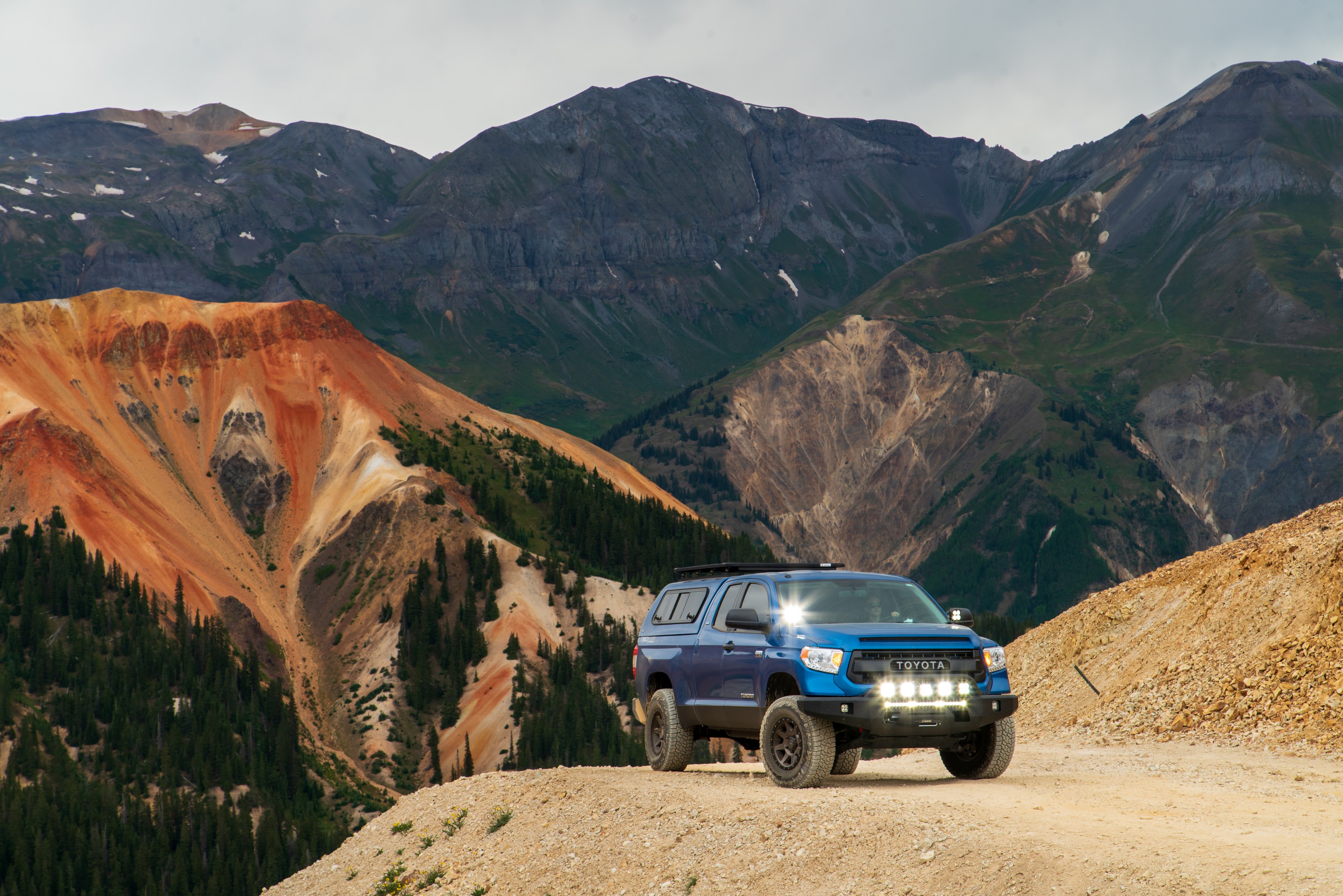
 I have to say that I feel incredibly fortunate to get to do the things that I do with Project Tundra. This whole process has created an awesome vehicle (pun intended) to get to spend time outside with good friend and family, and this whole processing of building this rig has introduced me to so many awesome folks and provided many memorable experiences that I am quite thankful for. I hope that these articles have been helpful in someway to you, whether that’s a serving of inspiration while you’re working through the daily grind or whether you’re looking into building a new rig or playing with your current setup!
I have to say that I feel incredibly fortunate to get to do the things that I do with Project Tundra. This whole process has created an awesome vehicle (pun intended) to get to spend time outside with good friend and family, and this whole processing of building this rig has introduced me to so many awesome folks and provided many memorable experiences that I am quite thankful for. I hope that these articles have been helpful in someway to you, whether that’s a serving of inspiration while you’re working through the daily grind or whether you’re looking into building a new rig or playing with your current setup!